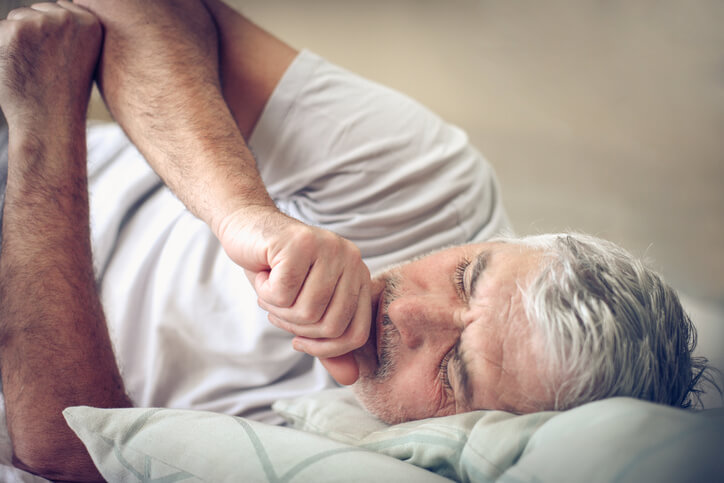Walking Pneumonia

Pneumonia is an inflammation of airways in the lungs and caused by a viral, bacterial or fungal infection. Unlike bronchitis, which affects the bronchial tubes, pneumonia affects small air sacs in the lungs called alveoli.
The informal term “walking pneumonia” is another way of referring to what doctor’s call “atypical pneumonia.” Walking pneumonia is milder than pneumonia and may feel like a cold. In fact, many people with the condition are unaware that they’re ill.
Symptoms of walking pneumonia include:
- Fever of less than 101 degrees
- Dry cough that lasts more than a week
- Strained breathing
- Chest pain
- Chills
- Sore throat
- Headache
- Loss of appetite
The symptoms of pneumonia are similar but more severe:
- High fever (101-105 degrees)
- Cough that brings up mucus
- Shortness of breath
- Chest pain that’s most pronounced when coughing or breathing deeply
- Chills
- Sore throat
- Headache
- Loss of appetite
- Fatigue
Walking Pneumonia and Pneumonia Risk Factors
While walking pneumonia and pneumonia can be spread by sneezing or coughing and anyone can contract them, the conditions are more common in people who:
- Are over age 65 or under age two
- Live or work in places where it’s easy for viruses and bacteria to be spread, like schools, nursing homes, and college dormitories
- Have a breathing condition like asthma
- Smoke
- Have a weakened immune system
- Live in areas with high levels of air pollution
Causes, Diagnosis and Treatment of Walking Pneumonia and Pneumonia
A bacterium called Mycoplasma pneumoniae typically causes walking pneumonia, although other strains such as Legionella pneumoniae and Chlamydophila pneumoniae can produce the illness. Pneumonia, on the other hand, can be bacterial, viral or fungal in nature. If it’s bacterial, it’s caused by different bacteria than walking pneumonia. Streptococcus pneumoniae and Haemophilus influenzae are the #1 and #2 causes of bacterial pneumonia, respectively.
Because walking pneumonia symptoms are so mild, many people don’t seek treatment. In more severe cases, or to diagnose pneumonia, doctors use a stethoscope to listen for sounds that indicate breathing difficulties. They may also have a patient get a chest X-ray. In some instances, the doctor may collect a mucus or blood sample to determine what type of bacteria is present.
Walking pneumonia often doesn’t require any treatment other than getting rest, staying hydrated and possibly using over-the-counter medication to address fever and other symptoms. Pneumonia may require more advanced measures such as antibiotics, medication to reduce inflammation in the lungs, breathing treatments that help loosen mucus so the body can expel it, intravenous fluids and oxygen.
While the symptoms are milder, walking pneumonia tends to have a longer recovery period, which may last six weeks. People with pneumonia typically recover in approximately one week.



